If you catch a blue crab in the Guadiana estuary area and verify that it has a plate and a transmitter, return it to the water. The appeal is made by researchers from the University of Algarve and the Center for Marine Sciences (CCMAR) responsible for an innovative study in Europe, which uses small transmitters to learn more about this species.
The blue crab is an invasive species, originating from the coasts of the West Atlantic, which first appeared in the Algarve in 2016.
The team that is carrying out this study “has already developed several works on the blue crab and is now carrying out a tagging campaign in the Guadiana estuary to study its seasonal migrations”, according to UAlg.
This study, which has the financial support of the transboundary project ATLAZUL (www.atlazul.eu), aims to use acoustic telemetry to establish management measures for this invasive species.
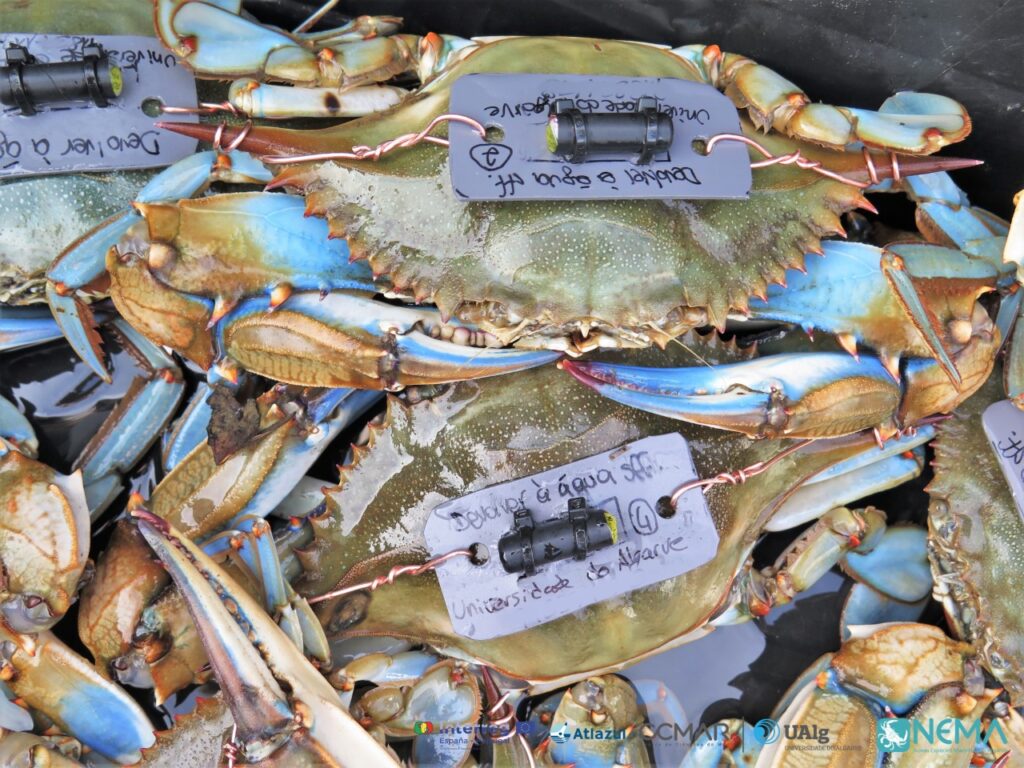
Work began with the installation of two acoustic receivers in the area of the middle Guadiana estuary, at the beginning of May, now followed by the marking campaign.
«Each crab is equipped with a small transmitter that will be detected by the various receivers installed along the Guadiana estuary and the Algarve coast», adds the University.
The blue crab, like any other crab, «changes its shell periodically to allow its growth, so the attachment of these small-scale equipment does not affect the well-being of each individual».
“The information collected will make it possible to know where these crabs live and for how long they live in each habitat, in order to propose more effective management measures for the control of this invasive species”, said the UAlg.
Although the recapture of these crabs by amateur or professional fishermen is unlikely, “the team of this project is requested to be contacted by the telephone number on the tag attached to the crab, or by the means of contact for the citizen science NEMAlgarve.
“If any of the tagged blue crabs are caught, it is requested that it be exceptionally returned to the water, at the exact place of capture, as the information provided by each transmitter is invaluable”, appeals the university.
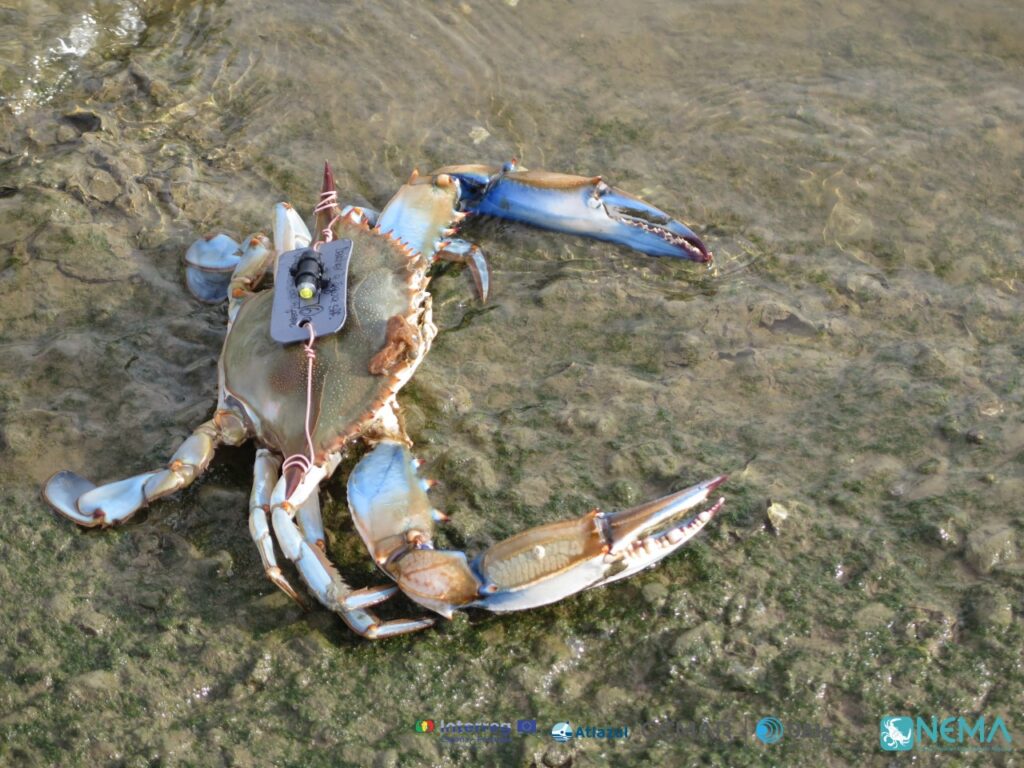
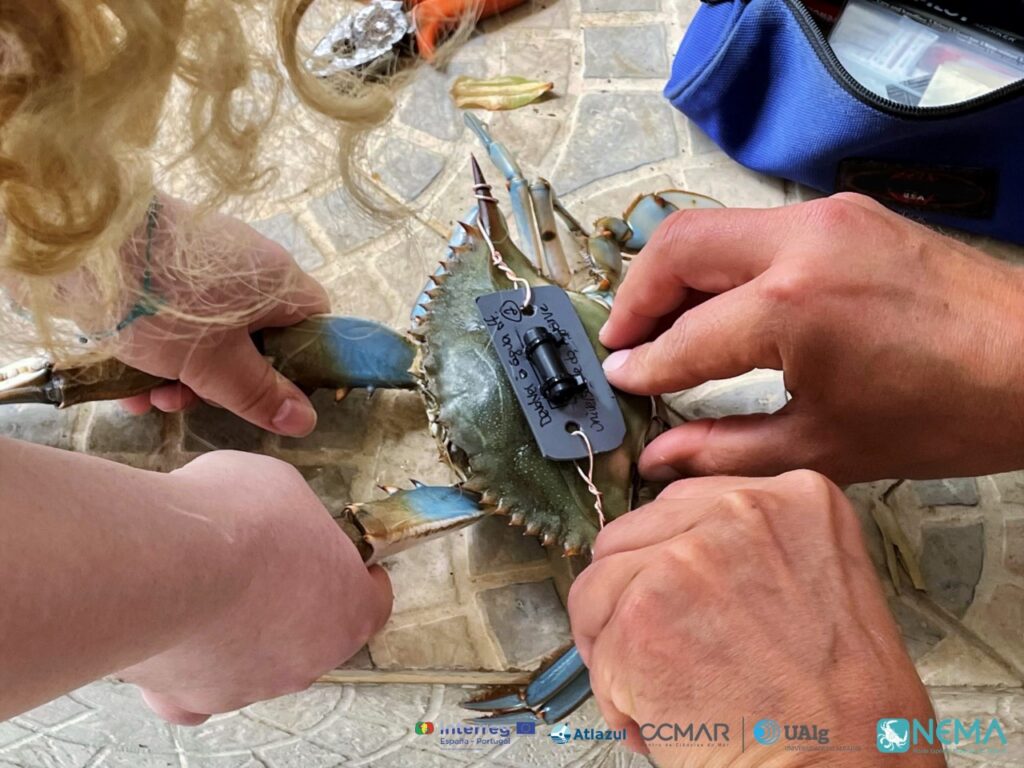
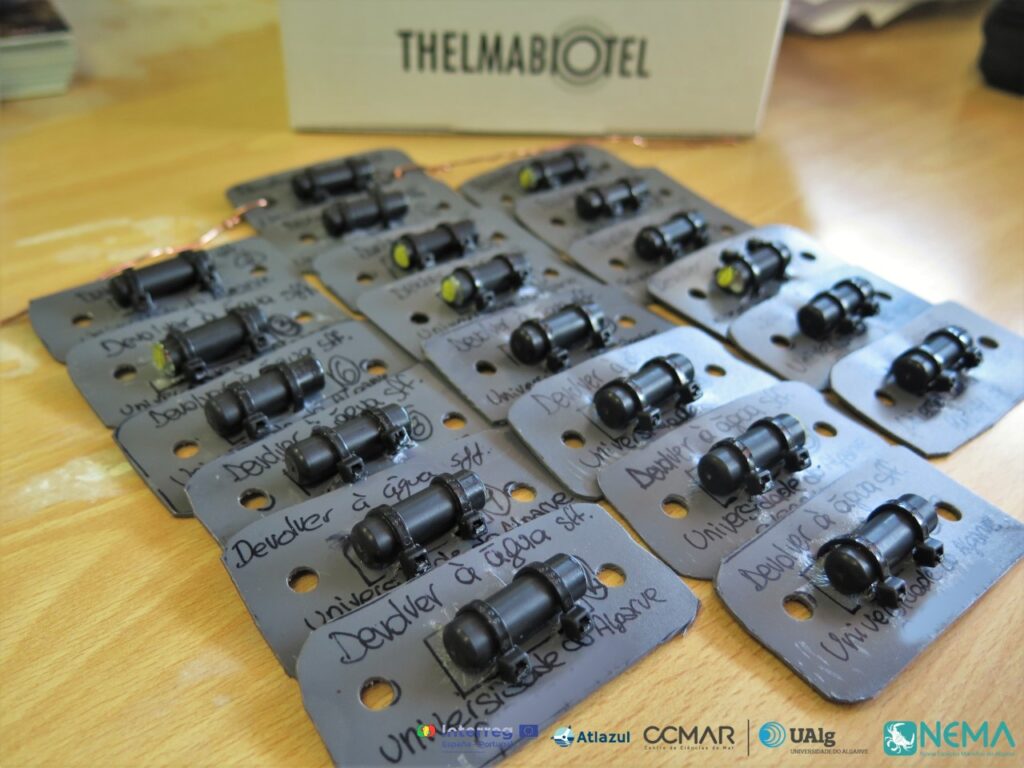
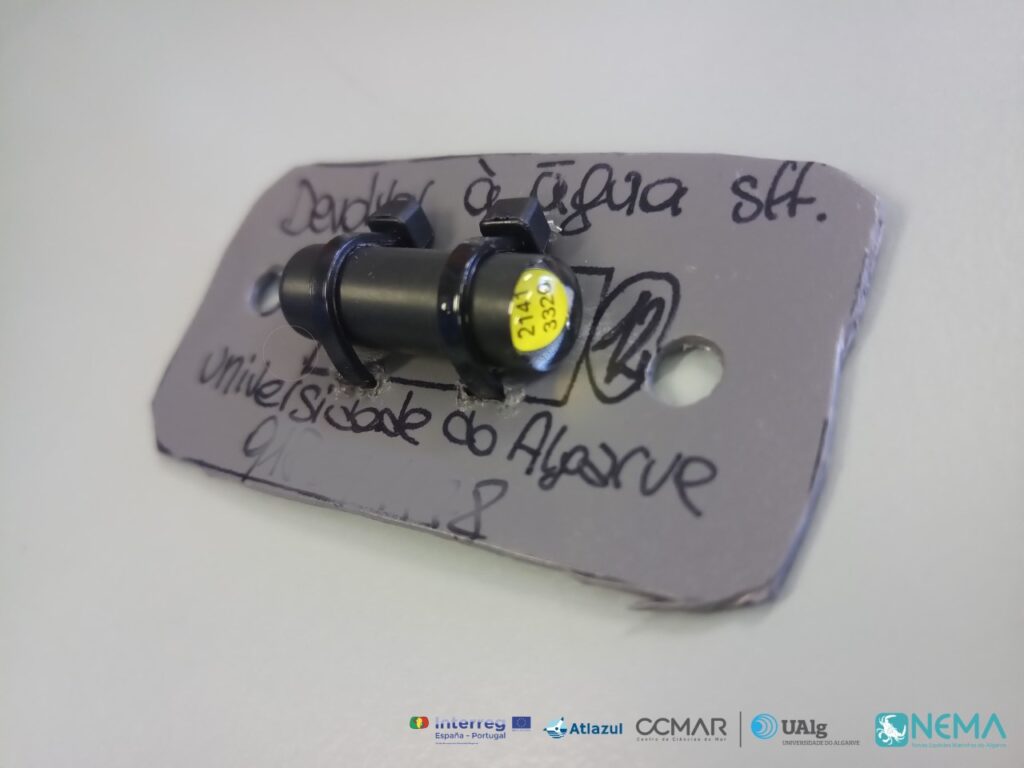
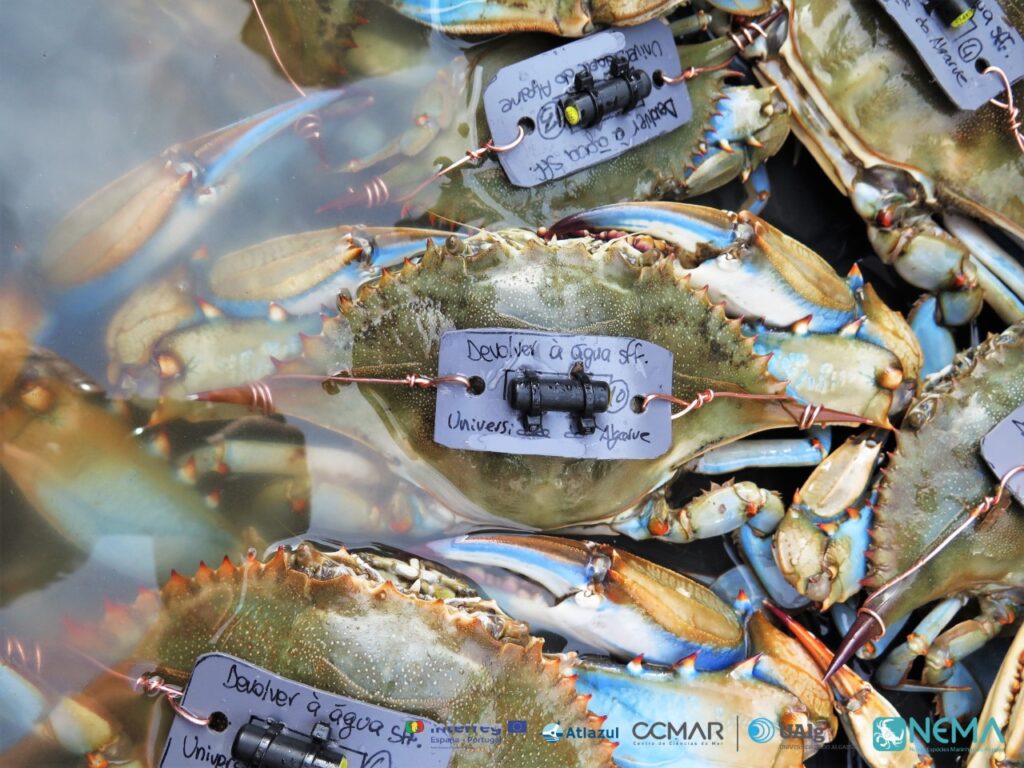
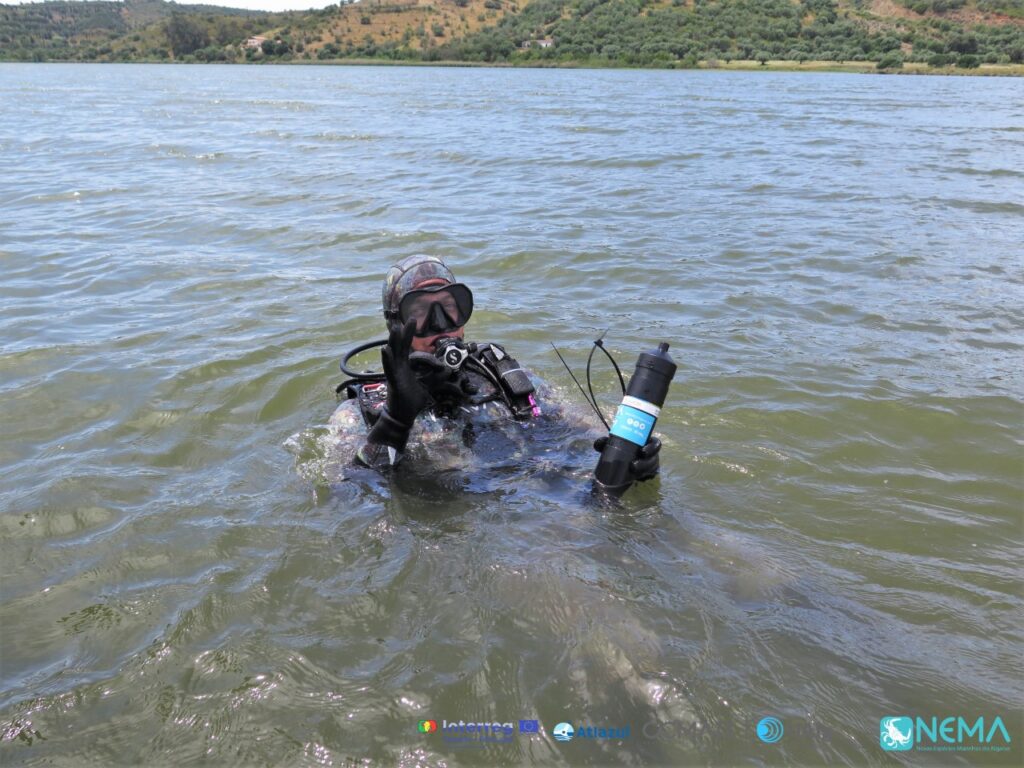


















Comments